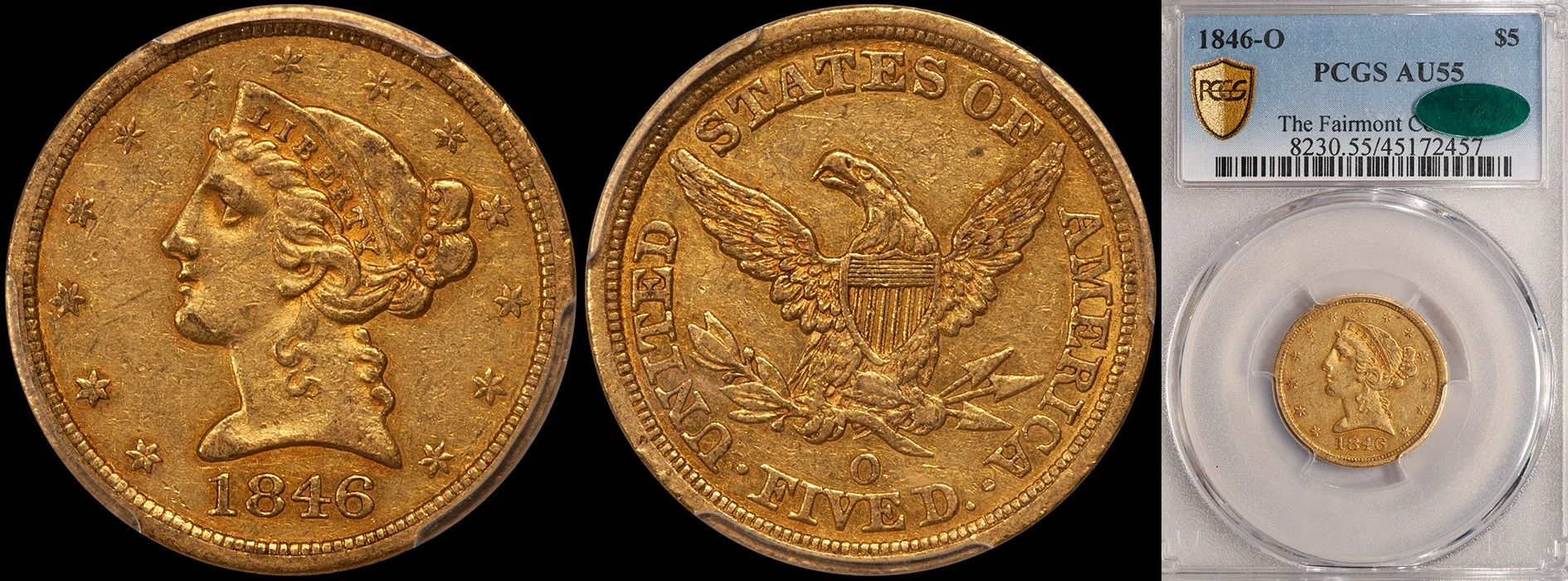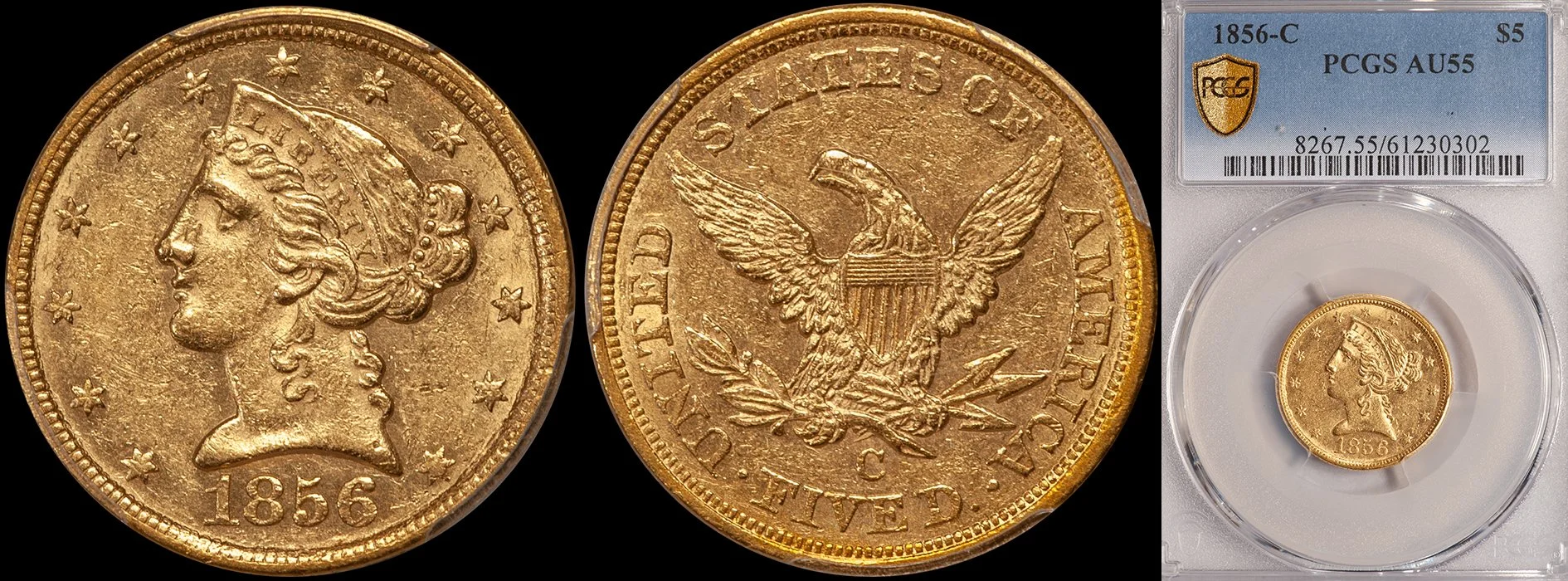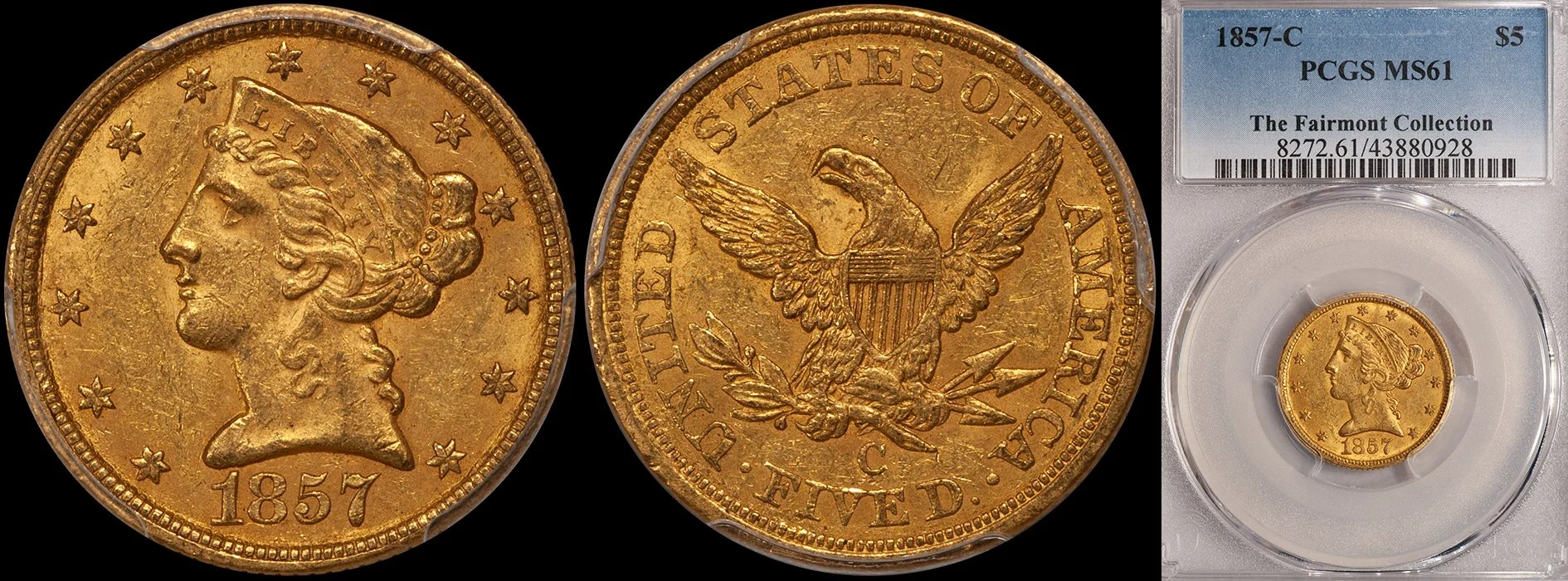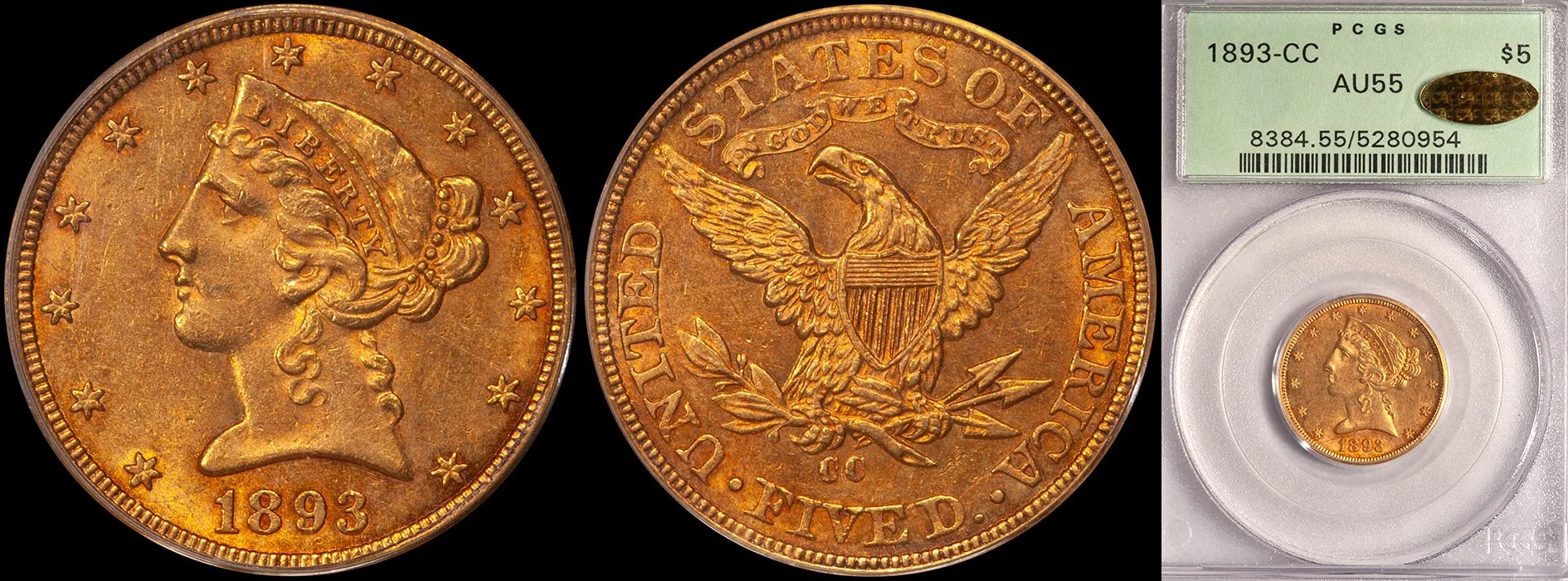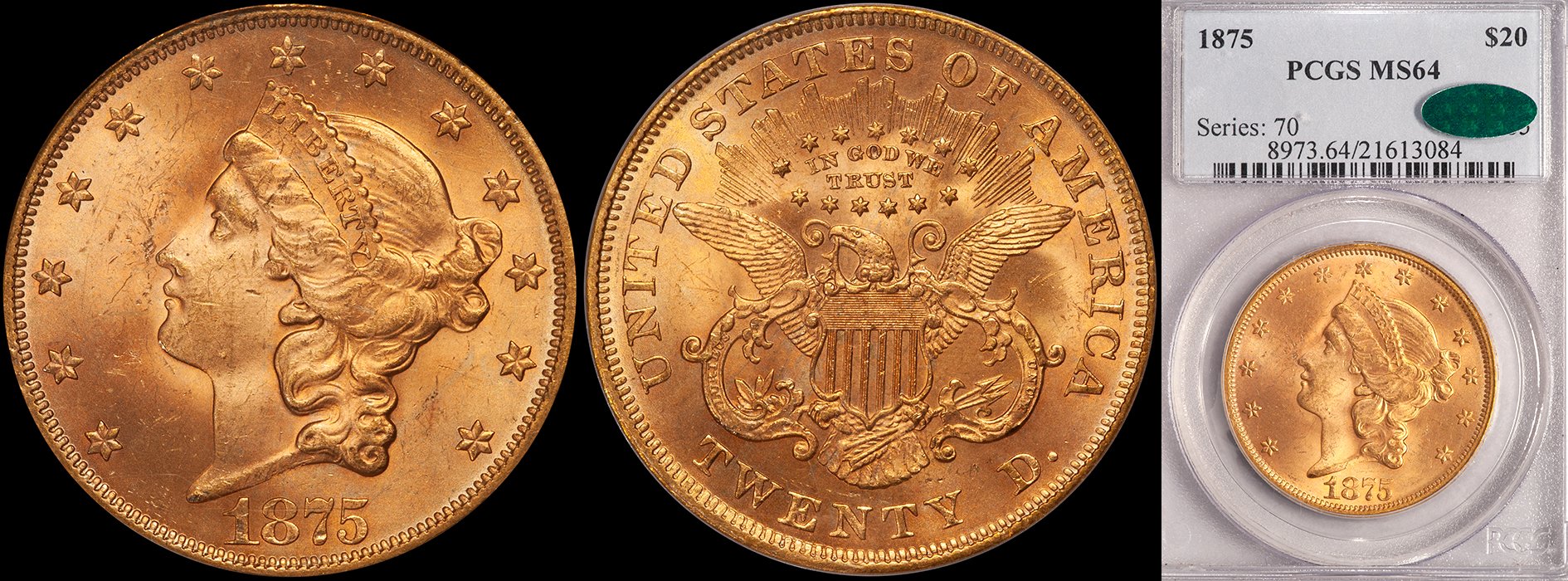Collecting Strategy: The "Best Available Coin" Theory
/I am continually asked by new collectors, and by established collectors who are new to gold coins, what should they collect.
For some collectors, the answer is a specialized collection focusing on a specific series/denomination/mint. But other collectors chafe at the structure required to collect a specialized set and they want the freedom to buy neat coins without committing to a specific project. For these collectors, I’d like to present them an option which I call the “best available coin” strategy.
To better understand this strategy, I am going to use a sports analogy. If you don’t follow or like sports, pardon the format, but just bear with me and see where this is going.
As a sports fan, I am fascinated by the drafting process in each of the major sports; especially basketball and football. By successfully implementing a clever drafting strategy, certain franchises in both the NBA and the NFL have managed to add useful players to their squads, year in and year out; even when their drafting position isn’t very good.
The General Managers who are most successful in their respective draft(s) have achieved success by drafting the best player available at the time they make their selection. As an example, an NFL team might not need a linebacker, but a potential star linebacker who is available with their pick isn’t passed on. This player might have been ranked as the 15th best overall in the draft but due to a host of potential reasons, he is still available at the 30th pick. In this situation, a savvy GM realizes this player is great value and he is selected even though the team has a number of good linebackers already.
So how does drafting a linebacker factor into successfully building a collection of US gold coins?
1840-C $5.00 PCGS AU50; a recently sold DWN item that meets some of the hypothetical parameters we discuss below
Many collectors I know have adapted the “best available player” drafting strategy into their own version of “best available coin.” They make their purchases based on a set of basic parameters which include—but are not limited to—the following parameters:
Cost: usually a range (say $2,500-7,500 per coin). Obviously, this value range will impact the other parameters.
Grade: for the sake of convenience, let’s say that the lowest acceptable grade for this collection is EF40.
Rarity: this is typically expressed as a range. For this hypothetical collector, let’s say he is limiting his purchases to coins which have a total PCGS/NGC population of fewer than 200. Remember, though, that PCGS and NGC grading statistics are inflated by resubmissions.
Condition Rarity: here, the collector can dictate how his coins would appear if grade for each issue was graphed. For the sake of convenience let’s say each coin needs to be in the top third graded.
Date of Issuance: given the anticipated cost range and rarity parameters (see above), this collector will focus on Classic Head and Liberty Head gold. Let’s give him a date range of 1834 to 1895.
Appearance: given that this is a DWN blog, let’s assume that the collector wants the coins he purchases to be as choice and original as possible.
You’ll notice I didn’t include grading service and add-ons (CAC and others). I would leave this to the individual collector to determine if he is PCGS/CAC only or if he is willing to buy the coin and not just the holder.
1855-C $2.50 PCGS AU53; another item DWN has sold that fits our hypothetical criteria.
So…what does this model “best available coin” strategy look like?
Our hypothetical collector is limiting himself to US gold coins dated from 1834 through 1895, in EF40 and higher grades, priced at $2,500 to $7,500, with nice original color and surfaces. He wants coins which are at a minimum “scarce” to “very scarce” and wants these coins to be better-than-average quality for the specific issue relative to the total number known.
1854-S $10.00 PCGS AU50 CAC; one final former-DWN inventory item that fits the criteria we imagined for this blog.
Will this collector be able to purchase interesting coins? Obviously, he is going to be priced out on the major rarities; both overall rarity and grade rarity. But there is plenty of variety for this collector to select from. He can buy small coins (gold dollars and quarter eagles) and large coins (eagles and double eagles). He can buy mintmarked coins including reasonably high-grade pieces from Charlotte, Carson City, and Dahlonega. He can purchase a wide variety of types and form a number of sub-sets within his collection (a seven-Mint Liberty Head half eagle set as an example).
For many collectors, assembling a date set is too confining and/or repetitious. I believe my “best available coin” strategy is a good option for collectors who want less structure but who don’t want to feel that their purchases are totally random.
What are your thoughts about this strategy? Use the comments section below to let me know if you use this strategy and if you do, how have you modified it to fit your collecting needs.















